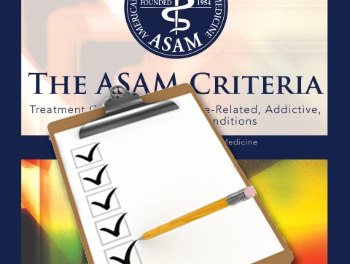For those who suffer from PTSD and/or Chronic Pain Syndrome (CPS) — two of our most prevalent disorders, both strongly associated with substance use — here’s some good news:
A promising new treatment is on the horizon for each. Better yet, clinical trials indicate that the new treatments appear measurably superior to what’s been available in the past.
We’ll look at each in turn.
First, for managing symptoms of PTSD, a new medication– the first in decades.
Brexpiprazole and Sertraline Combination Treatment in Posttraumatic Stress
The new formulation combines the atypical antipsychotic brexpiprazole with popular SSRI medication sertraline, already in use for PTSD. In trials, the combo appeared to provide superior relief from symptoms, and also resulted in measurable improvements in individual function.
That suggests that patients were not only feeling better, but also functioning better in their daily lives.
That’s important for motivating the patient. As the saying goes, nothing succeeds like success.
* * *
The second innovation, for chronic pain, comes from the world of psychotherapy.
To date, the therapeutic “gold standard“ for chronic pain treatment has been CBT. That may be about to change. Another method produced superior results in a head-to-head comparison.
The winner: Emotional Awarenesss and Expression Therapy (EAET). To quote the research, “a single course of treatment… was associated with a significantly greater reduction in chronic pain severity than cognitive-behavioral therapy…”
“Two thirds of the patients who received EAET reported at least a 30% reduction in pain, compared with 17% of those who received CBT. The randomized clinical trial also showed that individuals with depression and anxiety responded more favorably to EAET…” here’s an informational link about EAET.
Many of the chronic pain patients I’ve run into suffer from both depression and anxiety, much of it related to their experience of pain. Yet relatively few patients even consider psychotherapy, since they view their problems as purely physical in origin. A more reliably successful treatment could attract more sufferers to the therapist’s office, with (hopefully) superior outcomes.
An important caveat, however – – patients remained on opioid medication throughout the study. I’m not confident that patients who have a moderate to severe Opioid Use Disorder would have been able to manage pain adequately, even with the therapy, unless they were also in continuing SUD treatment, and stable.
Perhaps not even then, of course. We’ve been down that road before.













